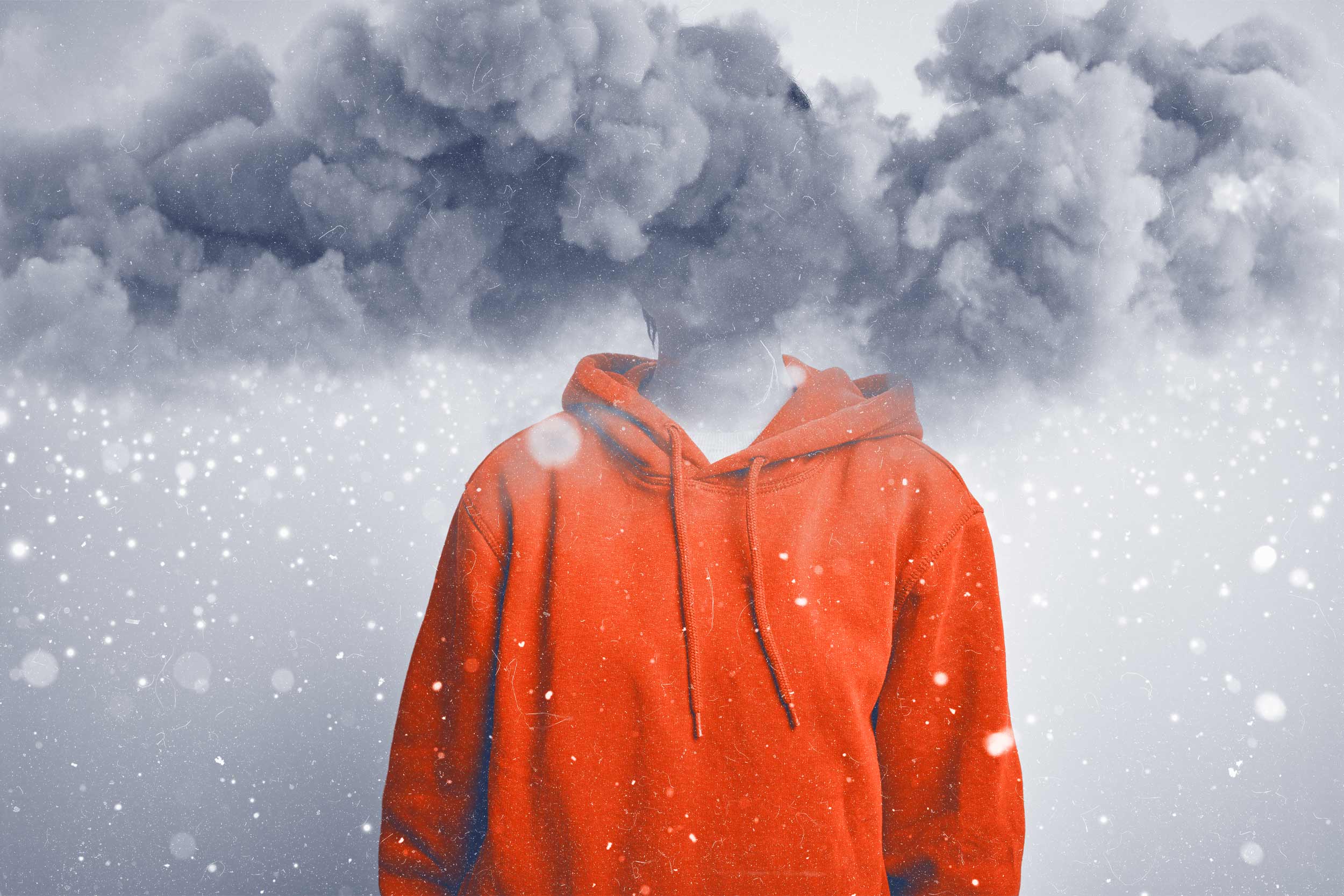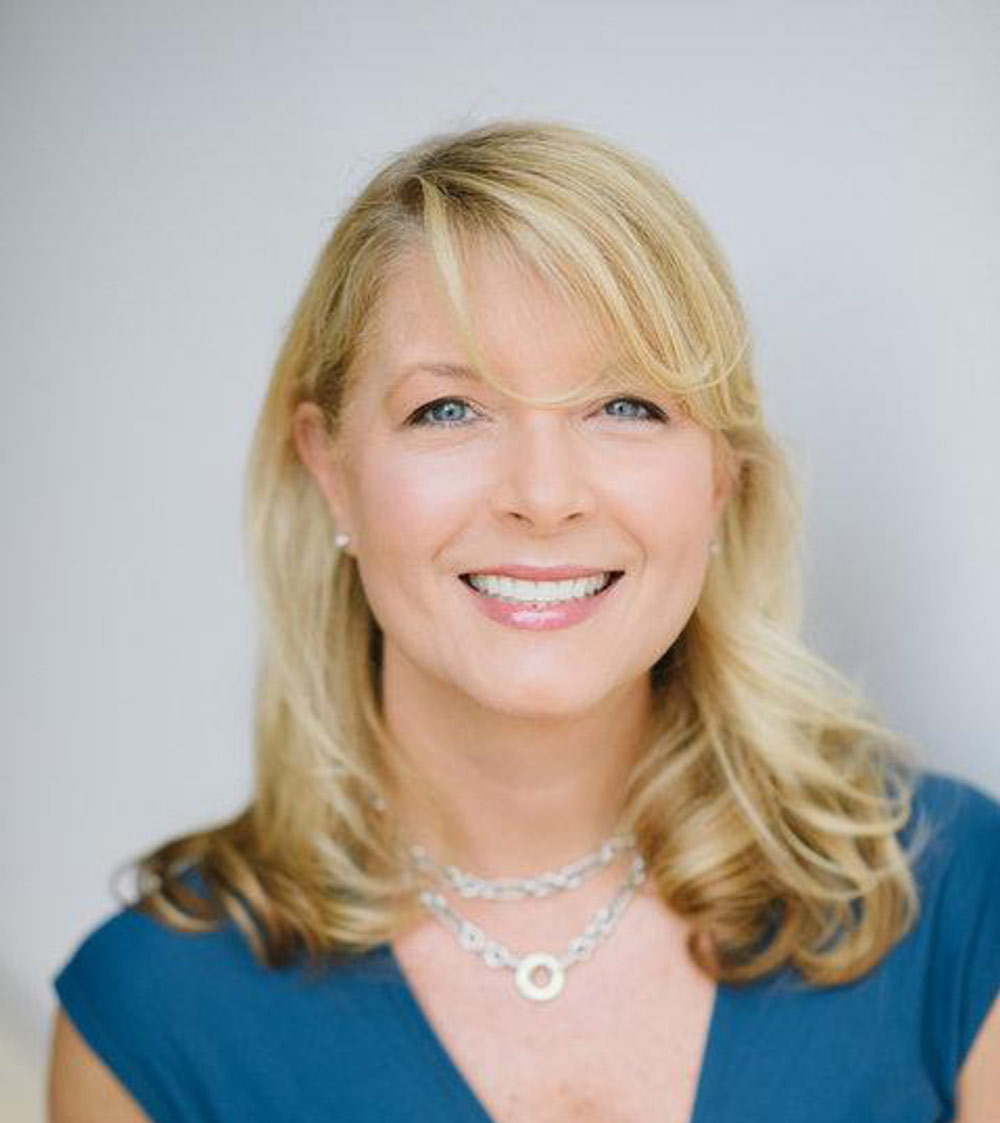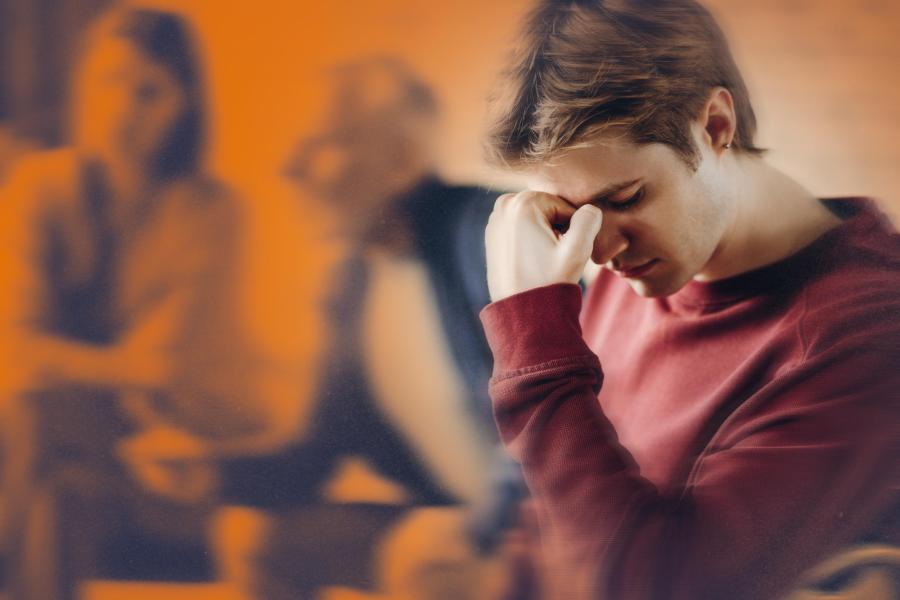Dr. Kim Penberthy is the Chester F. Carlson Professor of Psychiatry and Neurobehavioral Sciences at the University of Virginia and an expert in the condition, known by its acronym, “SAD.”
Penberthy explains what SAD is and how those who suffer from it can get relief.
Q. What is SAD?
A. Seasonal affective disorder is a type of depression that typically occurs at a specific time of year, usually during the fall and winter months when daylight hours are shorter. It is often referred to as “winter depression” due to its seasonal pattern. It is important to note that some people experience a different kind of seasonal depression, where their depressive symptoms are more pronounced in the spring, although this version is less common.
Q. Who does it affect? Are some people more predisposed to suffering from SAD than others?
A. SAD can affect a wide range of individuals, but some people may be more predisposed to suffering from it than others. Factors such as genetics, age, sex – it’s more common in women –and geographic location – those living at higher latitudes with less sunlight – can increase the risk of developing SAD. People with a history of depression or bipolar disorder may also be more vulnerable.
Q. Do you know when SAD was first recognized as a condition to be taken seriously?
A. SAD entered the lexicon as a recognized condition to be taken seriously in the 1980s when researchers and mental health professionals began to study and document its symptoms and prevalence. Prior to this, it was not widely understood or acknowledged as a distinct form of depression.
Q. What can people do to feel better?
A. There are several strategies that people can use to feel better if they are experiencing SAD. These include exposure to natural light; light therapy, using special lightboxes that mimic natural sunlight; regular exercise; maintaining a healthy diet; managing stress; and seeking professional help, such as therapy or medication when needed. Creating a structured daily routine and engaging in activities that bring joy can also be beneficial.
Q. If left untreated, what are the risks?
A. If left untreated, SAD can lead to a range of risks and complications, as can any ongoing depressive symptoms. These may include worsening depression symptoms, social isolation, difficulties at work or in relationships, decreased quality of life, and in severe cases, suicidal thoughts or behaviors. It’s important for individuals experiencing SAD to seek help and support to manage their condition and prevent these potential risks.






